SpaceX to Cut Cost of Starlink Broadband Satellite Dish in Half
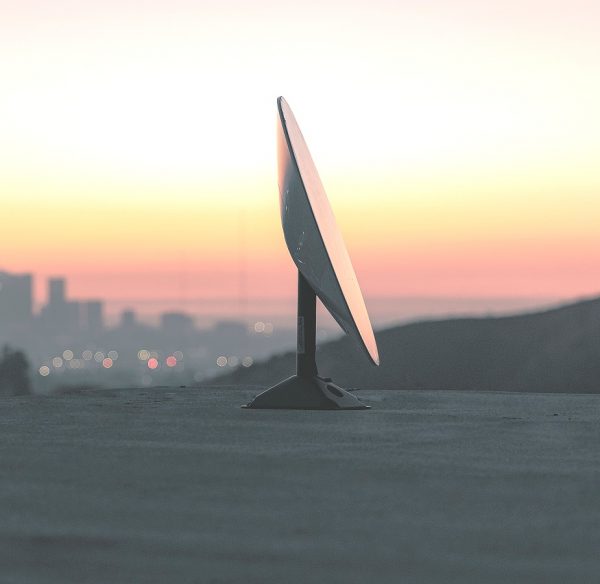
The President of SpaceX, Gwynne Shotwell, has announced that the expensive terminal equipment (i.e. dish, mount and router), which ships to UK, USA and European customers who order an ultrafast broadband service via their Starlink constellation of Low Earth Orbit (LEO) satellites, is to get significantly cheaper by the end of 2021.
At present beta customers in the UK have to pay £89 a month for the service, plus £54 for shipping and £439 ($499) for the kit (dish, router etc.). But for that the operator claims you can expect to receive unlimited usage, fast latency times of 20-40ms, download speeds of between 50-150Mbps and uploads of c.20Mbps (such figures will improve as their network grows).
Suffice to say that the upfront cost, as well as the comparatively high rental charge, will be a significant discouragement for take-up. But the good news, according to Gwynne Shotwell, is that the units they start shipping later this year will “cost roughly half of what our current user terminals cost.” Better yet, it may see a similar reduction in cost further down the road.
Advertisement
In theory, this could cut the hardware cost from $499 to $250 (£182), before later falling again to $125 (£91). However, we don’t yet know for sure how this will translate to consumer pricing, which is because Starlink are currently selling their terminals at a significant loss and their first desire may be to stem that bleed (early runs of the kit cost $3,000 to manufacture, but in April 2021 that hit c.$1,300 and is still falling).
The other catch is that SpaceX and Starlink are not immune to the ongoing global shortage of semiconductor chips (computer processors). “In fact, that’s what’s delayed some of the new user terminals that we’re spinning the design on,” said Shotwell.
Mark is a professional technology writer, IT consultant and computer engineer from Dorset (England), he also founded ISPreview in 1999 and enjoys analysing the latest telecoms and broadband developments. Find me on X (Twitter), Mastodon, Facebook, BlueSky, Threads.net and Linkedin.
« Back to Schools Campaign Offers GBP75 Grant for UK Broadband
Freshwave Expands Open Access 4G Mobile Cells in Croydon »








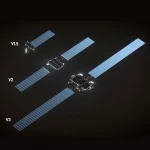


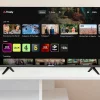
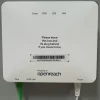


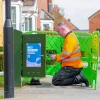







































Giving notice of such potential cost savings in advance will likely slow uptake down until the reductions kick in. But that still leaves the monthly cost and the constant power usage to be overcome.
Was that a cost to manufacture was going to be halfed by the end of 2021?
Which would mean that it was still costing more to manufacture, than they were selling it for.
Yes, as above, that’s the big question mark. Will they change the cost to consumers or not. We don’t know yet.
If they have half it and half it again, that will be say $300 to make, plus router costs.
So, expect some reductions, but I can’t imagine anything until space X has halfed their cost twice and run out of customers willing to pay $499. Which will be a while.
About fifteen months of rental fees alone to pay back the dish cost, before operating costs are factored in.
Now if I am putting it on top of a ship/plane, then the rental costs will be higher, because the value on that connection to the specific company will be higher.
I wonder if they will still be making a loss on each terminal, and what has changed to make them suddenly half price.
Scale.
The more parts you buy the better the price. The number of units you actually order/build the better the price. If you tool up for a run of 100,000 versus 1 million, you will get more unit’s against that tooling up costs.
Different components, different ways of manufacturing the same thing. Turning the dish from a bespoke part into a consumer part.
The design has completely changed. The new “dish” is rectangular, so less PCB wastage, but they’ve also separated the uplink and downlink which I expect helps because they can test them separately and only replace one or the other if there are any problems.
Just installed my new system in Edinburgh today, very impressive!
What speeds are you getting? What worries me is the lack of minimum download speed guarantee
yes, would put me off too. Then again my expectations always exceed the delivered result.
Best I’ve had so far was about 350Mbps average with a peek over 400Mbps. From Edinburgh I expect your dish is probably tilted further than mine: the north-most satellites cut across Dublin then Anglesey, over Chesterfield where I am, and out over Skegness.
I blame aliens!
How in god does it cost $3000 to make a dish and router????? It plutonium powered?
This is not just any old dish. This dish is packed full of electronics including GPS, Satellite tracking, Motors etc. In fact I am a little surprised that they will ever get the cost down to $1,000 even with volume. Couple that with the fact that component prices are going up at a fantastic rate due to reduced production. In some cases components are costing 10 times what they cost 6 months ago (if you can even get them).
Furthermore, the technology of phased array within the dish is also extremely expensive currently. Note that LEO satellites are travelling actross the sky at a reasonable speed so the tracking motors have to be extremely robust otherwise your going to be seeing significant mechanical failures happening in a relatively short time period.
All in all, I beleive its going ot take some kind of genius to be able to seriously reduce the cost of these antennas even with HUGE volumes.
The “dish” houses a phased array, there is no condenser or receiver in front of it like on a Sky dish. Once it’s tilted about 15 degrees to the south, it doesn’t move: the signal is “steered” electronically by changing the phase of the signal (so that the signal is “in phase” in one specific direction.)
One of the main changes from the old round dish to the new device is that the new one is square (less PCB wastage.) The uplink and downlink are also separated, which may mean they can more easily manufacture them and test them, replacing only one or the other if testing fails.
I’d like to hear from Hugh in Chesterfield. We’ve just moved to the area near Press off Bolehill Lane….. zycomm are checking connection today, fingers crossed for a good result, but searching the QA bit here, I was intrigued to know what you reckon about your satellite connection. I haven’t a clue about any of really, a complete novice, it would be ace to hear from you. Cheers
Just received and installed mine in rural area outside Canterbury, Kent. Out of the box, positioning dish on stand in the open air, receiver inside and downloaded Starlink app on ios. Took 5 minutes for the dish to orientate itself and acquire satellites around midday. Wifi signal running and at present 120mbs download and 25mbs with 30ms latency. Compared to my current wired BT at 13 and 0.7 respectively this is impressive. Fingers crossed monthly price comes down.
when did you order it simon ?
use this link to check for connectivity https://starlink.sx/
Recently completed the installation here on the South Coast of England near Hastings. This was ordered back in February!
As delivered this is the older circular system not the newer design. So far very good and stable. Averaging 313Mbps download and 28.5Mbps upload.